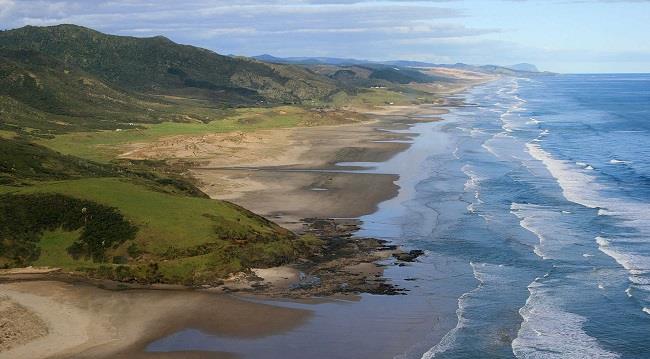Coastal community mayors and local government leaders from eight countries have called for both the protection and responsible use of coastal waters, which they say benefit the world’s coastal habitats and many of the 500 million people worldwide who depend on fisheries for food and income.

They made the call in a statement issued on Tuesday, March 22, 2022, asserting that, by “combining local efforts to protect critical biodiversity with effective co-management for coastal fisheries, we can ensure food security, support the productive economy, safeguard livelihoods, and contribute to achieving national and global biodiversity targets including 30×30.”
The Coastal 500 group consists of over 110 mayors and other city-level leaders from Brazil, the Federated States of Micronesia, Guatemala, Honduras, Indonesia, Mozambique, Palau, and the Philippines.
The statement comes as negotiators meet in Geneva to finalise the details of a global framework aimed to safeguard nature and stem biodiversity loss, due for approval later this year at the UN Convention on Biological Diversity’s (CBD) fifteenth meeting of the Conference of the Parties (COP15).
One of the key milestone targets of this framework is to protect 30% of global land and sea by 2030.
The statement outlines a set of principles relating to the global framework and the 30×30 goal including:
- Prioritise biodiversity-rich territorial, coastal waters in determining protected areas to invest in and support;
- Implement networks of protected areas recognizing the value of connectivity and locally led Marine Protected Areas (MPAs) and Other Effective Area-based Conservation Measures (OECMs),
- Engage in an inclusive participation and ownership approach to ensure all voices are heard; and
- Instill behavior-centered design elements for biodiversity conservation ensuring longevity of interventions.
Coastal waters are typically characterised by a shallow continental shelf, gently sloping seaward to a continental slope, which drops abruptly to the deep ocean. The proximity of coastal water to land also influences the water circulation.
